Do you have a vehicle? What about a baby? If you have both, we recommend reading this article about infant safety.
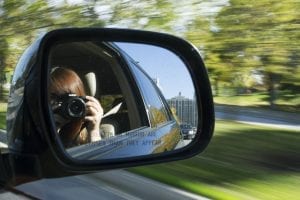
In this article, we will talk about tips for car seat owners. Always read the manuals for all your products before using your car seat. All of us would agree on how important it is to use a car seat for your baby. This is required in all states in America, especially for infants. Not only does this prevent death but it also decreases the risk of suffering from fatal injuries. This is why knowing the safety tips for car seats is important.
You don’t always need to buy the priciest car seat to get the best car seat for your child. Make sure to find a car seat that suits your kid’s weight limit, age, size, and type of vehicle. You should know how to install it properly. Ensuring the car seat is properly installed is part of the safety tips for car seats.
Child Car Safety Guide: Car Seats And Boosters
Tips For Choosing The Best Car Seat To Keep Your Little One Safe During Trips
A child safety seat is a paramount concern when driving a car. The proper car seat belt fit is vital for ensuring your child’s safety. Shoulder seat belts and convertible car seats must be securely fastened and correctly adjusted, and the child must be properly restrained. Various factors come into play while selecting car seats, including whether the child weighs enough for a booster seat or if a convertible seat would be more suitable.
More often than not, convertible car seats offer a secure fit for your child in passenger vehicles. Every time you venture out in your motor vehicle with school-aged children on board, it is crucial to ensure the shoulder belt path crosses their chest and mid-shoulder without causing discomfort. Vehicle manufacturers also put forth all-in-one car seats as viable options for multiple uses, whether on their first ride home from the hospital or their daily commute to school years later.
Always remember that nothing surpasses caution when it comes to car safety! You can consult a child passenger safety technician if you’re having a difficult time installing the right car seat. You can find guides in health departments, hospitals, and many other public offices.
Important Tips For Car Seat Selection
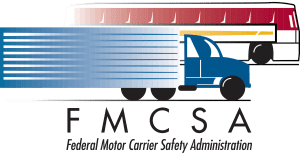
Your car seat should meet the safety standards of the Federal Aviation Administration. You can confirm this by looking at the label. If you’re going to use a secondhand seat, do so with caution. Make sure not to get a seat that is older than six years old or maybe one that has already been involved in a car crash. Check the expiration date too. Know if there’s an available seat belt as well; if there is one, ensure the seat belt fits properly.
The car seat manufacturer usually puts all those details in the vehicle manufacturer’s manual. Some manufacturers may have car-specific seats too. Make sure that you check the specifications, like if the seat is for pickup trucks, light trucks, minivans, or sedans. Ask car seat manufacturers how long you can use a secondhand child’s car seat and if it has been recalled. If it has been, you could ask for a replacement. You should also fill out the card for product registration to get notifications about their recalls.
Infant-Only Car Seat
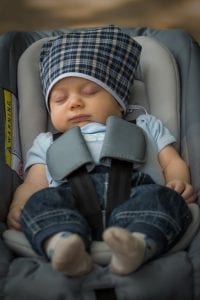
If you decide to get an infant-only car seat, you will eventually have to buy a new seat since your child will outgrow it someday. This kind of car seat can only protect babies up to 35 pounds. When installing an infant car set, make sure it’s facing the back of the car, as this can reduce the chance of dying or suffering from an injury. This seating position will keep a child safe by protecting their head, neck, and torso in case a major or minor crash happens.
After all, car crashes are one of the leading causes of injury and fatality among children. It is also recommended that kids and babies ride the car in this position until they reach the maximum height and weight the car seat can take. Previously, car seat specifications were based on a child’s age, but now it depends on their weight and height.
You can also use an infant-only car seat as a carrier or chair for the baby. Some models can be left in the car or be turned into strollers. However, don’t let your baby spend too much time in this kind of car seat at home or at the daycare, as it can limit the development of the baby’s movement and sensory skills.
Assembling A Car Seat
You must read the car owner’s manual for the child’s car seat carefully before installing it. Here are some tips to help you.
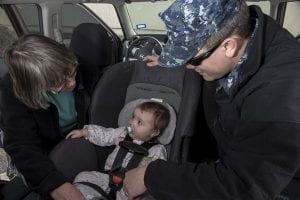
- You should install the infant-only car seat in the mid part of the back seat where it can be secured. The back car seat is said to be the safest place since the back car seat is the furthest from the windshield, dashboard, and airbag.
- To fully utilize the safety of the right car seat with the vehicle’s seat belt for child restraint, read the vehicle owner’s manual. The manual includes steps to ensure the car seat belt fits properly.
- Push down the car seat with your knee to tighten the car seat belt properly. The car seat shouldn’t move 3 centimeters sideward, forward, and backward. If the car seat moves or wiggles, you need to tighten it more. Some car seat models have tether anchors, too.
- Some car seat belts need a locking clip or tether anchor so they won’t loosen, keeping your child restrained in their car seat. Make sure you equip your child with a proper car seat belt. You can get this from baby stores or car seat manufacturers.
- Make sure to secure your car seat tightly before using it. You can secure the car seat with the top tether. Don’t forget the lower anchors of the car seat.
- Don’t use or install an infant-only car seat in a forward-facing position.
- The car seat shouldn’t recline more than 45 degrees.
- You can check the car seat brand and model’s ease of use ratings to find something durable and effective but not complicated to assemble.
How To Properly Fasten Your Infant’s Seat Belt
Before anything else, remember that your baby’s head should be at least 6 cm below the crown of the safety seat.
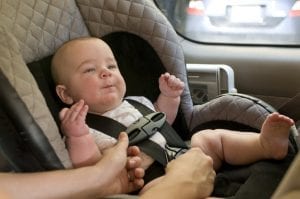
- It’s a must to have a car seat with a harness. An infant-only car seat usually has a 5-point harness, so ensure this is placed at your baby’s shoulders or below it. There are different kinds of car seat belts out there, one of them is the lap and shoulder belts. On the other hand, a lap belt is used to buckle a child into a booster seat or car seat. If your car only has a lap belt in the back seat, that’s a perfect place to put your rear-facing car seat or booster seat.
- The safety car seat with a harness should always fit snuggly across the upper thighs, and the shoulder and chest area should be flat. If there is webbing between the fingers when pinching the car seat straps, they need more tightening. It’s a must that your child’s seat belt fits them correctly.
- If your child usually slouches in the car seat, put towels on both sides of their shoulders in the car seat for support. The manuals state this clearly. Some car seats have support, especially just for them. Never put padding under the baby as it can prevent the safety seat with a harness from protecting them properly. The same goes for a seat belt, it’s a must that the seat belt fits properly.
- Change the car seat angle if the baby’s head moves forward, which is common with newborns. Blankets can be used to lift the car seat back.
Car Seat Safety Guide
First things first. Consult the car owner’s manual. Read the guide before you do anything hands-on. Here are the most vital points to remember to ensure child passenger safety in most convertible car seats:

- Make sure to include your car seat with a harness for protection. There are three types of harnesses for a convertible car seat: the 5-point harness, the tray shield, and the T-shield. The first car seat will protect your baby the best as it can be tightened so that it fits snugly and doesn’t block the head of the baby.
- Your baby should wear clothes that allow their legs and upper thighs to be free so that you can buckle the latch crotch strap correctly. To prevent your baby from being cold, strap them in the car seat first and cover them with a blanket.
- Change the car seat angle if the baby’s head moves forward, which is common with babies. Blankets can be used to position the car seat back by 30 to 45 degrees.
- The harnesses should be readjusted as your child grows. Place heavy clothing like coats over the car seat after being fastened instead of before. A proper seat belt is always a must when traveling with infants. Check if the seat belt fits around your child’s body correctly.
- Aside from keeping your child in place in a car seat using a seat belt, the main purpose of a seat belt is to keep passengers secure against harmful movement.
Air Bags And Kids
Airbags, along with safety seat belts, are among the things that parents should learn how to use. Car seat belts have and continue to save the lives of kids, teens, and adults. Despite the seat belt fit, infants may still be in peril when they are in the passenger seat and the airbag opens. Airbags are originally designed for adults, as they have to open to safeguard an average male weighing 75 kilograms. But this force from the air bag can lead to neck and head injuries in small kids.
Protect the baby from airbag catastrophes with the following tips:
- The child’s car seat should be in the back seat. Experts don’t recommend using a car seat in the front seat.
- Kids should ride in the back seat of the car until they are 12 years old.
- If they have to be in the front seat, the car seat should be pushed back as far as possible.
- The back seat of your car can have a rear shelf to store your valuables.
- Your car has a manual cutoff switch to disable the airbag for the child passenger safety as the law dictates.
- If you need to sit your child in the front seat of the car, disable the airbag and switch it back on once you have removed the car seat.
Children’s Car Seats: Conclusion
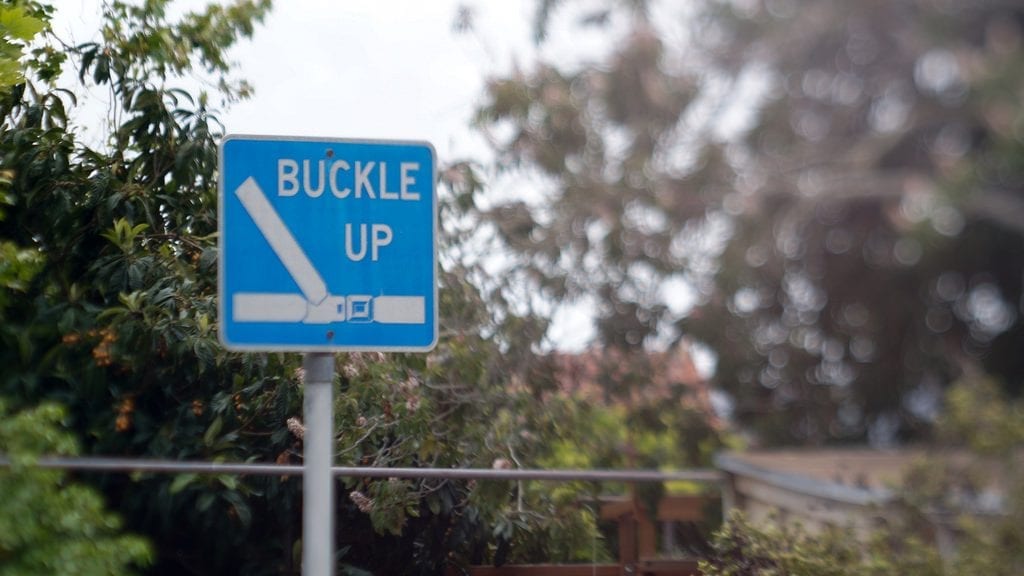
There are a lot of details in this article about car seat safety because understanding car safety is essential to parents, guardians, and everyone taking care of minors. So get properly buckled, and keep these tips in mind when you’re driving with your little ones.
Frequently Asked Questions
Last Updated on April 11, 2023 by Jeanne Meets
DISCLAIMER (IMPORTANT): This information (including all text, images, audio, or other formats on FamilyHype.com) is not intended to be a substitute for informed professional advice, diagnosis, endorsement or treatment. You should not take any action or avoid taking action without consulting a qualified professional. Always seek the advice of your physician or other qualified health provider with any questions about medical conditions. Do not disregard professional medical advice or delay seeking advice or treatment because of something you have read here a FamilyHype.com.